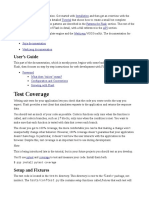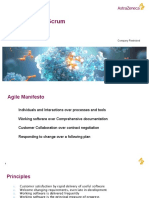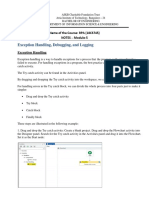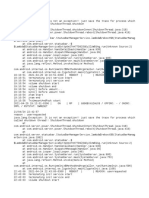0% found this document useful (0 votes)
13 views11 pagesPython Developer Questions 2
The document provides a comprehensive overview of best practices for managing memory, optimizing performance, ensuring security, and maintaining scalability in Python applications. It covers various aspects such as handling the Global Interpreter Lock (GIL), dependency management, API versioning, and fault tolerance in microservices. Additionally, it discusses testing strategies, observability, configuration management, and handling timezones in distributed systems.
Uploaded by
agriculture19092002Copyright
© © All Rights Reserved
We take content rights seriously. If you suspect this is your content, claim it here.
Available Formats
Download as DOCX, PDF, TXT or read online on Scribd
0% found this document useful (0 votes)
13 views11 pagesPython Developer Questions 2
The document provides a comprehensive overview of best practices for managing memory, optimizing performance, ensuring security, and maintaining scalability in Python applications. It covers various aspects such as handling the Global Interpreter Lock (GIL), dependency management, API versioning, and fault tolerance in microservices. Additionally, it discusses testing strategies, observability, configuration management, and handling timezones in distributed systems.
Uploaded by
agriculture19092002Copyright
© © All Rights Reserved
We take content rights seriously. If you suspect this is your content, claim it here.
Available Formats
Download as DOCX, PDF, TXT or read online on Scribd
/ 11























































































